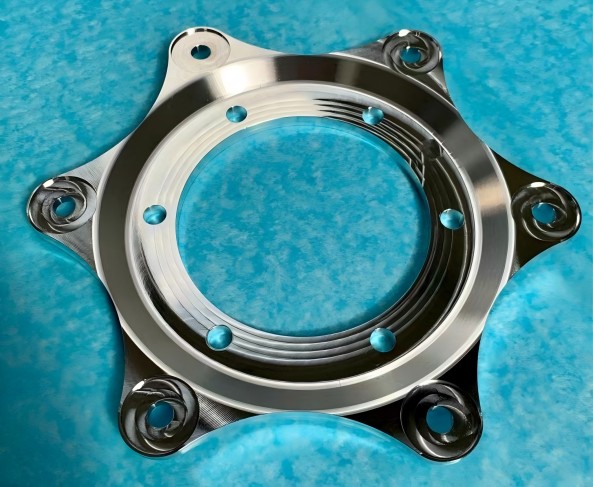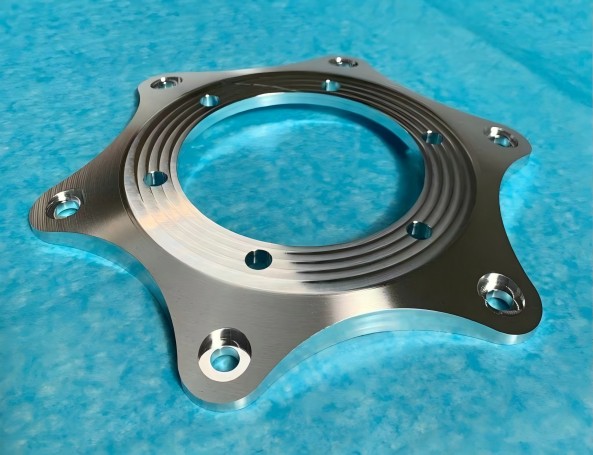The main function of the automobile coupling is to connect the different parts of the automobile transmission system and achieve reliable transmission of power. The specific performance is as follows:
• Power transmission: It can efficiently transfer the power of the engine to the transmission, transaxle and wheels. Like a front-drive car, a coupling connects the engine to the transmission and sends power to the wheels to ensure the car runs properly.
• Compensation displacement: When the car is driving, due to road bumps, vehicle vibration, etc., there will be a certain relative displacement between the transmission components. The coupling can compensate for these displacements, ensure the stability and reliability of power transmission, and avoid the damage of parts due to displacement.
• Cushioning: There is a certain fluctuation in engine output power, and road impact will also affect the transmission system. The coupling can play a buffer role, reduce the impact of power fluctuations and shocks on the transmission components, extend the service life of the components, and improve the ride comfort.
• Overload protection: Some couplings are designed with overload protection. When the car encounters special circumstances and the transmission system load suddenly increases beyond a certain limit, the coupling will deform or disconnect through its own structure to prevent damage to important components such as the engine and transmission due to overload.
Automotive couplings are used to connect two axes to ensure effective power transfer. The processing process is generally as follows:
1. Selection of raw materials: according to the requirements of automobile use, choose medium carbon steel (45 steel) or medium carbon alloy steel (40Cr) to ensure the strength and toughness of the material.
2. Forging: heating the selected steel to the appropriate forging temperature range, forging with air hammer, friction press and other equipment, through multiple upsetting and drawing, refining the grain, improving the comprehensive performance of the material, forging the approximate shape of the coupling.
3. Machining: when rough turning, the forged blank is installed on the lathe chuck, and the outer circle, end face and inner hole of the blank are roughed with carbide cutting tools, leaving 0.5-1mm machining allowance for subsequent finishing turning; During fine turning, the lathe speed and feed rate are increased, the cutting depth is reduced, and the dimensions of each part are refined to make it reach the dimensional accuracy and surface roughness required by the design. When milling the keyway, the workpiece is clamped on the work table of the milling machine, and the keyway is milling with the keyway milling cutter to ensure the dimensional accuracy and position accuracy of the keyway.
4. Heat treatment: quench and temper the coupling after processing, heat the coupling to 820-860 ℃ for a certain time during quenching, and then quickly put into the quenching medium to cool, improve the hardness and wear resistance of the coupling; When tempering, the quenched coupling is heated to 550-650 ° C for a certain time, and then air cooled to eliminate the quenching stress and improve the toughness and comprehensive mechanical properties of the coupling.
5. Surface treatment: In order to improve the corrosion resistance and aesthetics of the coupling, the surface treatment is carried out, such as galvanized, chrome plating, etc., when galvanized, the coupling is placed in the galvanized tank for electroplating, forming a uniform layer of zinc coating on the surface of the coupling to improve the corrosion resistance of the coupling.
6. Inspection: Use calipers, micrometers and other measuring tools to measure the size of each part of the coupling to see if it meets the design requirements; Use hardness tester to measure the surface hardness of coupling to check whether it meets the hardness requirements after heat treatment; Observe the surface of the coupling with the naked eye or a magnifying glass whether there are cracks, sand holes, pores and other defects, if necessary, magnetic particle detection, ultrasonic detection and other non-destructive testing methods for detection.
Post time: Jan-16-2025


